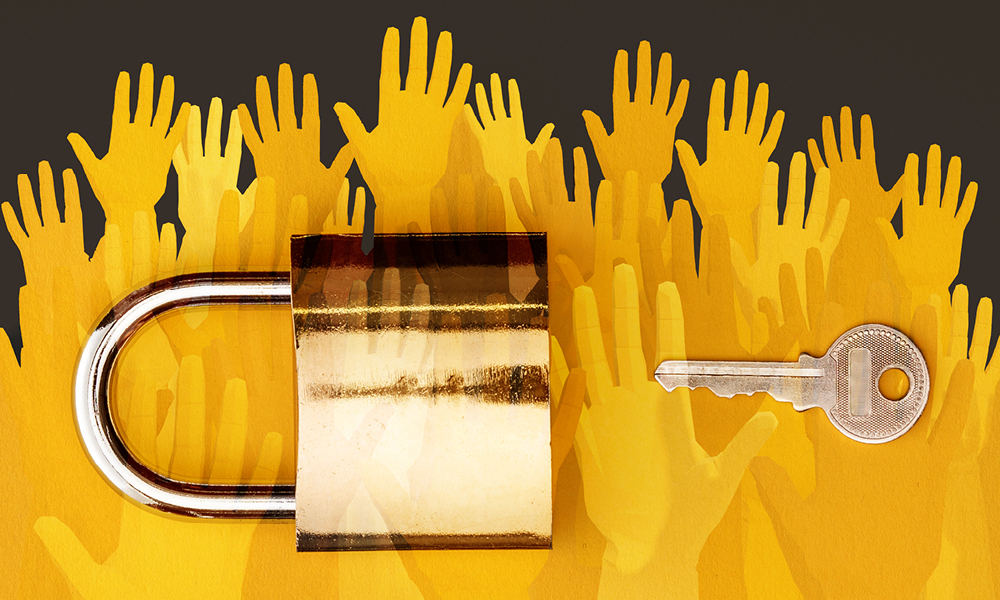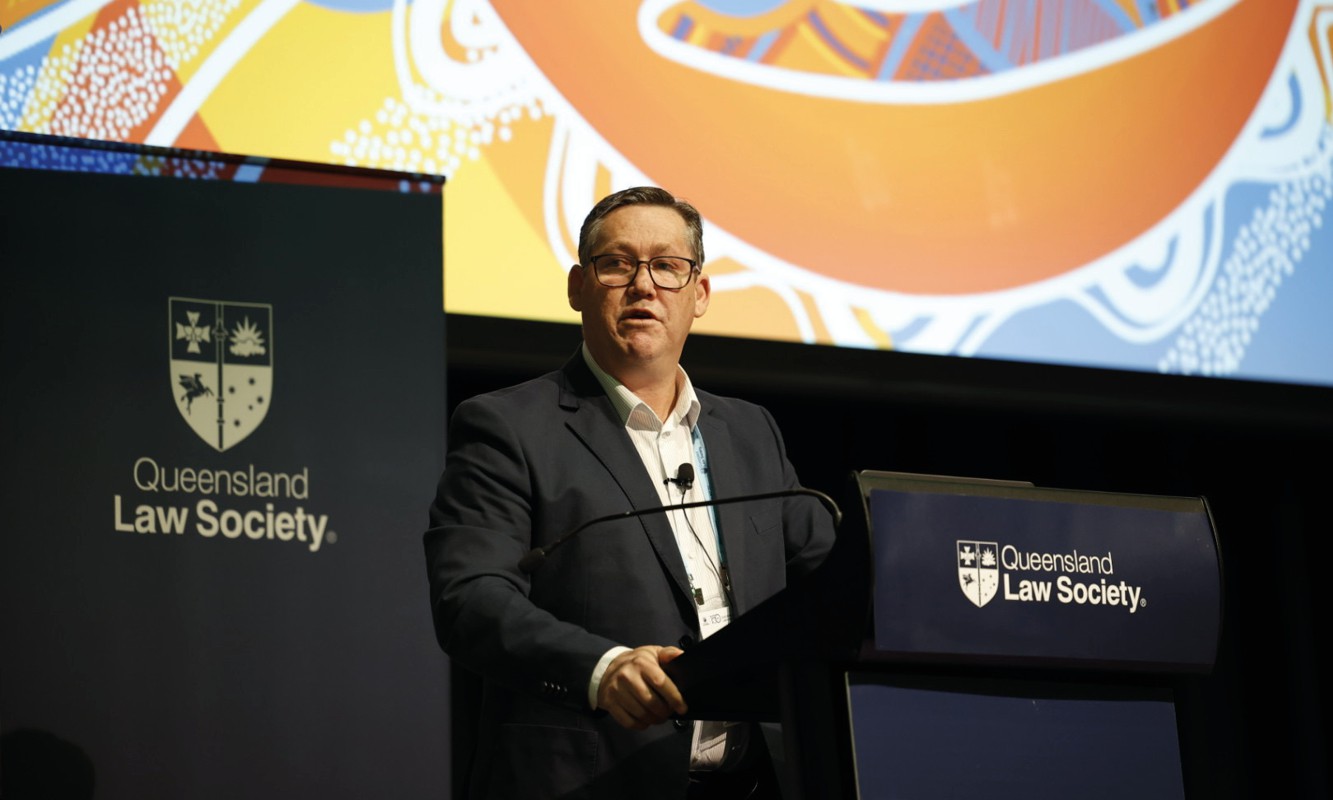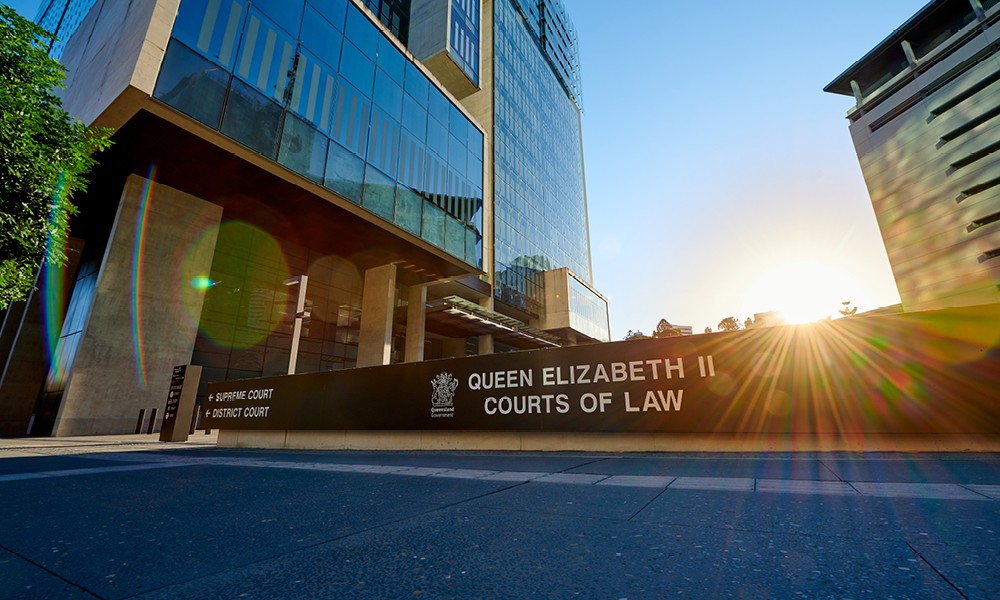The community, including community organisations, have a central role to play in developing a human rights culture in Queensland. Many community organisations in Queensland are considered to be public entities and must act compliantly with the Human Rights Act 2019.
Organisations and workers within those organisations will also perform an advocacy role, assisting citizens they work with to understand and enforce their rights. The role that community members play in creating a human rights culture cannot be understated; real transformational change occurs when people perceive themselves and those around them as rights holders.1
Community organisations as public entities
Reflecting the changing way that public services are delivered to the community, Queensland’s Human Rights Act defines public entities broadly to include non-government entities that perform functions of a public nature.2 This means that many organisations in Queensland providing supports such as health, disability and housing are required to act and make decisions in a way that are compatible with human rights.3
One way for community organisations to demonstrate their compliance with the Act is through government-regulated frameworks for quality service provision. In Queensland, many community organisations are regulated by the Human Service Quality Framework (HSQF), a scheme that requires them to comply with an agreed set of human service quality standards.4 The HSQF is based on a set of principles including respect for human rights in keeping with the United Nations Universal Declaration of Human Rights.5 Organisational policies, procedures and practice must conform with HSQF standards; major non-conformity may potentially result in a loss of service accreditation.
Compliance is an important measure to achieve consistency in service quality and public confidence in community-based service delivery. However, developing a human rights-conscious culture through service delivery requires more than paperwork and policy alignment; the true magic lies in a cultural and mindset shift that views every aspect of service delivery through a human rights lens. Community organisations are ideally placed to drive this cultural change as they are a conduit through which people access a suite of government services be that housing, education, disability, physical or mental health supports.
From recipients of charity to rights holders
Services delivered for the benefit of people experiencing disadvantage and marginalisation have historically adopted a charity model. This means that people are provided goods and services by well-meaning benefactors and the person is not perceived of as a ‘rights holder’.
Once service users have an understanding of the existence and enforceability of their human rights their view of their relationship to government and services providers can be changed. No longer are they perceived a passive recipient of services, instead they are citizens and can expect and even demand to be treated equally with others, with respect and dignity. A vital ingredient to the expectation of equal treatment is knowing how to use the law to assert one’s human rights. Community workers are often on the frontline to identify human rights violations of people experiencing disadvantage and to activate complaints processes on their behalf.
Changing people’s lives in real time
Queensland is the third jurisdiction in Australia to enact human rights legislation, following the ACT in 2004 and Victoria in 2006. Comparable human rights legislation also exists in Canada, the United Kingdom and New Zealand. Each of these jurisdictions provide examples of human rights legislation being used by citizens and advocates to change people’s lives. In many cases, advocates are often non-legally trained family members or community workers whose ability to detect a human rights violation is critical to a citizen’s complaint being heard.
Examples include:
- In Victoria, the Charter was used by an advocate to successfully challenge a decision to move a woman into a residential facility where no workers spoke her language, understood her cultural or religion’s beliefs, or could prepare her food appropriately.6
- The Victorian Charter was used successfully to challenge a threat of expulsion from school where a child had a disability. As a result of the intervention, the child was provided with supports, which led to him being able to stay at the school.7
- In the UK, the Human Rights Act was used successfully by a community organisation who was supporting a pregnant single mother who had been given notice to leave her rented property while she was in hospital giving birth to retain her home.8
- An elderly couple in the UK who had lived together for more than 65 years were separated when the husband was moved to an aged care residential home and the wife’s request to go with him was refused. She said, “We have never been separated in all our years and for it to happen now when we need each other so much, is so upsetting. I am lost without him–we were a partnership.” A public campaign was launched on the grounds of their right to respect for family life. The decision was reversed and the couple was reunited.9
Across jurisdictions, human rights legislation has produced many examples of changes to people’s lives. The changes in many instances may be objectively small and undocumented but transformative for individuals who have been treated unfairly. They also contribute to the cumulative incremental transformation that leads to the development of a human rights culture.
Queensland’s Human Rights Act has the potential to contribute to creating a culture where freedom, respect, equality and dignity are characteristics of everyone’s lives. While it is important to use legal mechanisms for enforcement and to create precedent, it is also essential that the community, including community organisations, embrace the change created by the Act. Queensland is in the enviable position of being able to build upon the ACT and Victorian experience in seeking to build this human rights culture. It is important that human rights literacy in Queensland extends beyond ‘politicians, bureaucrats and lawyers’10 and reaches into the consciousness of people from all walks of life across our many diverse communities.
“Where, after all, do universal human rights begin? In small places, close to home – so close and so small they cannot be seen on any maps of the world. Yet they are the world of the individual person; the neighbourhood he lives in; the school or college he attends; the factory, farm, or office where he works…Unless these rights have meaning there, they have little meaning anywhere. Without concerted citizen action to uphold them close to home, we shall look in vain for progress in the larger world.”
Eleanor Roosevelt
1 Yates Heidi, ‘The Impact of Human Rights Act in the Community’ Ethos: Official Publication of the Law Society of the Australian Capital Territory, (Sept 2014) No. 233, 12.
2 Section 9 Human Rights Act 2019 (Qld).
3 Section 10 sets out when a function is of a public nature; Section 4(b) requires public entities to act and make decisions in a way that is compatible with human rights.
4 Depending on the type of service provision there may be additional regulatory obligations such as: NDIS Practice Standards; National Quality Framework (for early childhood); Child Safety Licensing; Queensland Aboriginal and Torres Strait Islander Child Protection Peak Practice Standards; Practice Standards for Working with Women Affected by Domestic and Family Violence.
5 Human Services Quality Standards https://www.communities.qld.gov.au/resources/dcdss/industry-partners/funding-grants/hsqf/standards.pdf accessed 1 December 2020.
6 Public Interest Law Clearing House: Submission for Review of the Victorian Charter of Human Rights and Responsibilities Act 2006.
7 Youth Affairs Council of Victoria: Submission for Review of the Victorian Charter of Human Rights and Responsibilities Act 2006.
8 BIRH, Preventing a Woman and her Newborn Baby Being Made Homeless.
9 British Institute of Human Rights, The Human Rights Act – Changing lives, 2nd edition.
10 Simon Rice, ‘‘Culture, What Culture?’ Why We Don’t Know if the ACT Human Rights Act is Working’ (2019) The Legal Protection of Rights in Australia, Ed Matthew Groves, Janina Boughey and Dan Meagher. Oxford: Hart Publishing, 185.












Share this article